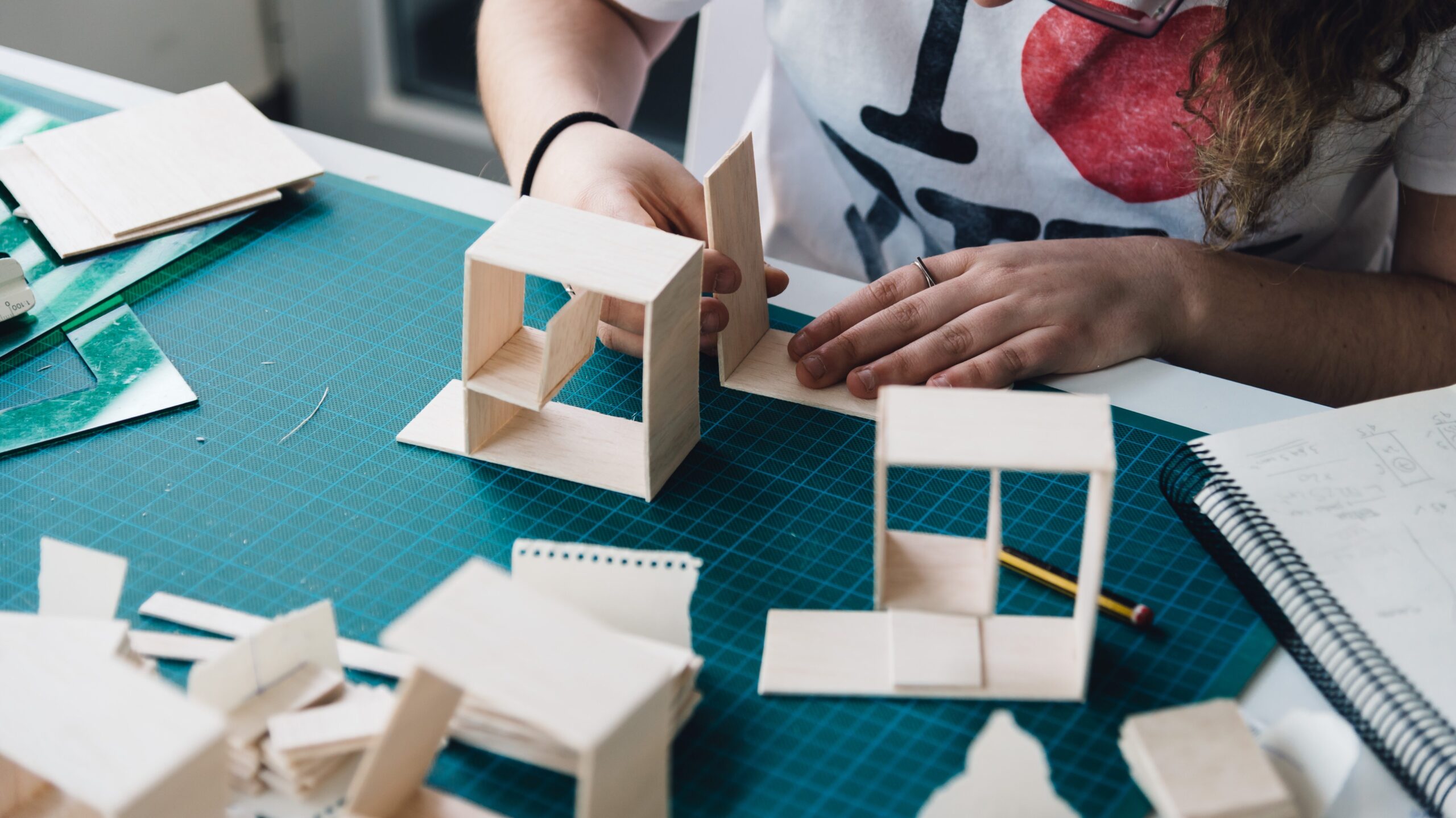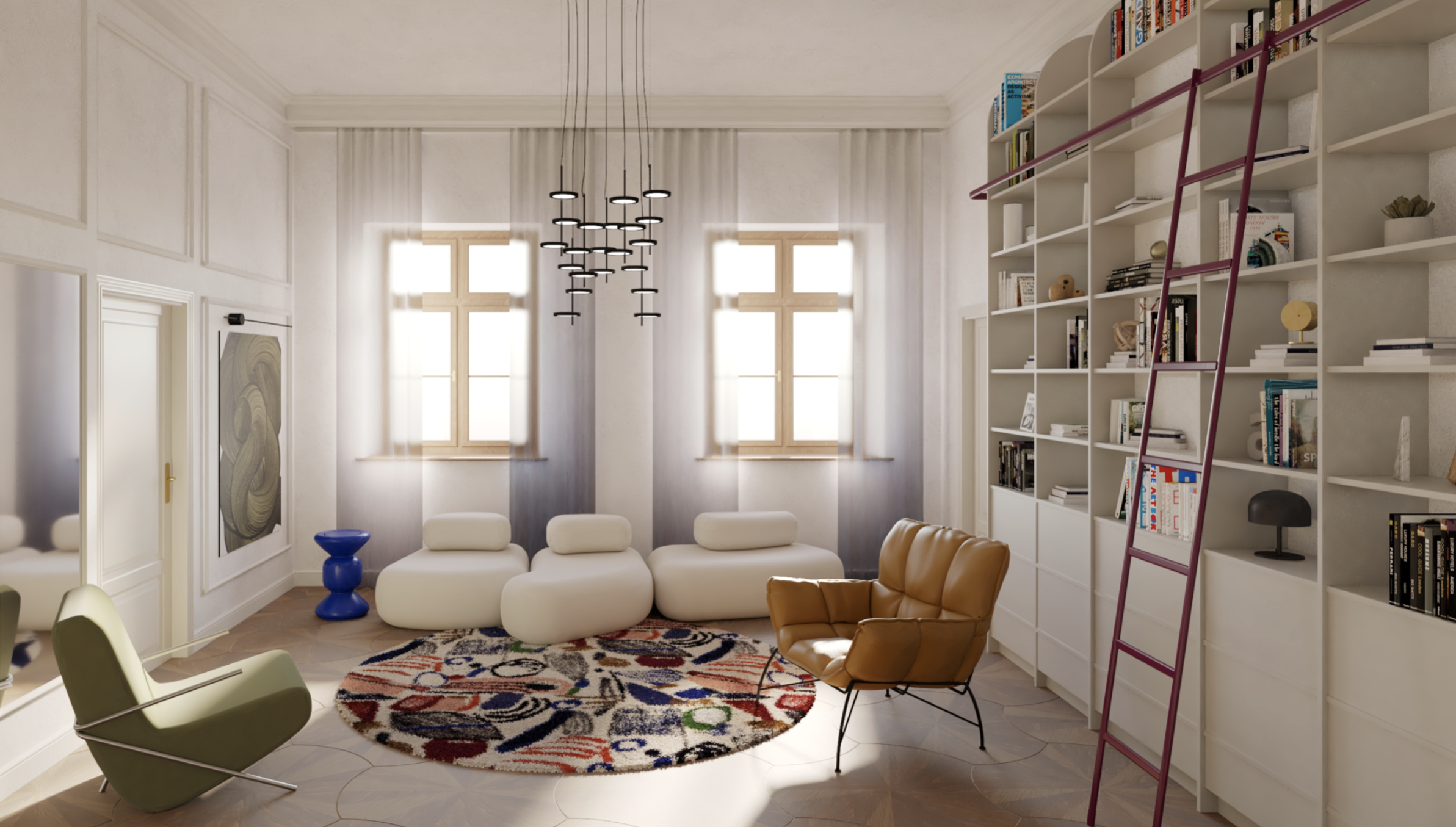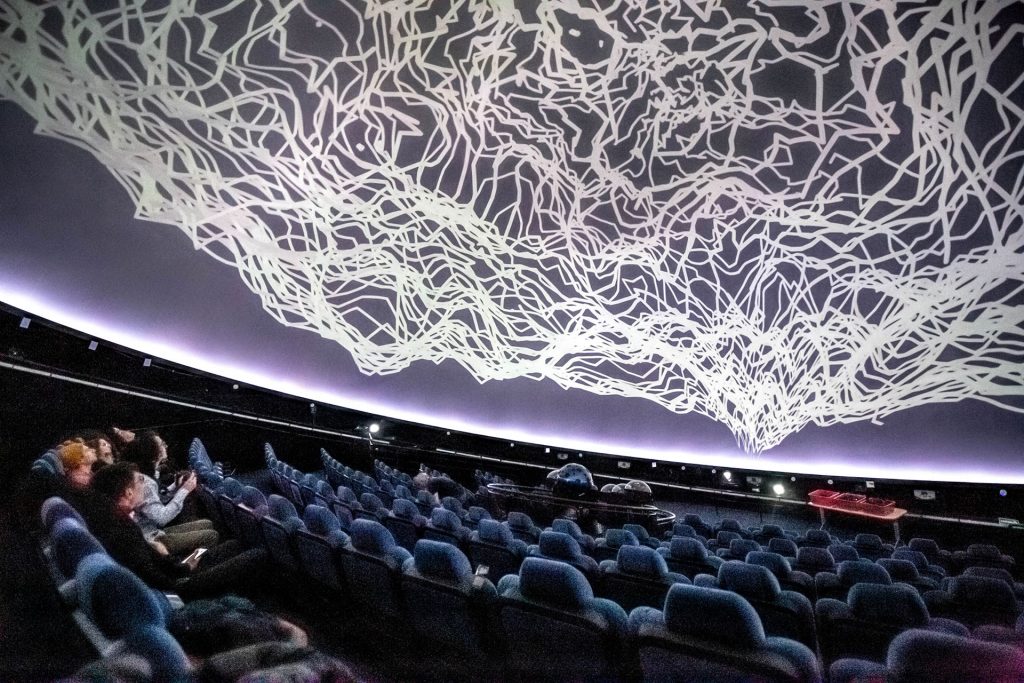Learn about the Interior Design program at PJAIT!
The program of studies includes issues in the area of applied art in the broadest sense. Students learn both the principles of design using modern and advanced technologies, and design for crafts, using simple technologies. Classes in the studios of interior, exhibition and furniture design have the character of practical solution of design issues. The emphasis here is on technical realizations.
Design classes in the directional subjects are accompanied by exercises and lectures covering the following issues: architectural and construction, construction and installation, technical realizations, exhibition techniques, issues of ergonomics and psychophysiology of vision, issues of light and color and computer techniques, computer-aided design.
The mainstream of education in the field of directional subjects is supplemented by art education (sculpture, drawing, painting). This allows students to acquire the ability to use various means of expression, i.e. to build a plastic language according to their interests and the logic of shape.
After completing the 7th semester in part-time studies, students choose a specialization and, under the guidance of a supervisor, create a diploma undergraduate project in the following specializations:
- interior design;
- exhibition design.
Rules of the Diploma Examination in the field of study interior design
The date of the diploma exam in the summer semester 2024/2025:
- July 10, 2025
- September 25, 2025
Calendar of enrolment events
Who to become after graduation?
The graduate's qualifications - artistic, professional and technical - are the result of a proven and constantly improving curriculum at interior design faculties in Poland. They include specializations in interior design, exhibition design and furniture design.
After completing the fourth semester, students choose area from their interests and create an undergraduate project under the guidance of a supervisor. Parallel to the directional classes, there are exercises in English and optional classes in French, Spanish, Japanese or German.
The acquired skills will allow interior design graduates both to operate independently and to work in architectural teams or design studios at home and abroad.


Preparatory courses
Do you dream of studying at the best non-public academy with an IT profile? Think new technologies can go hand in hand with interior design? Of course they can! Start preparing to study interior design now!


